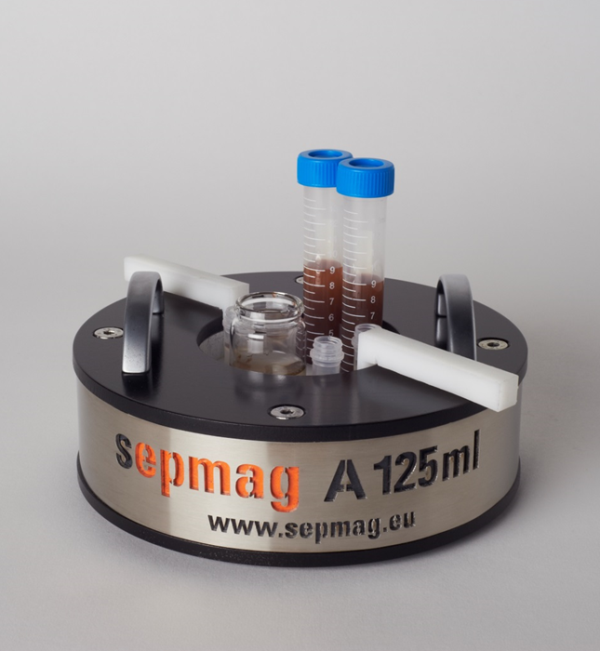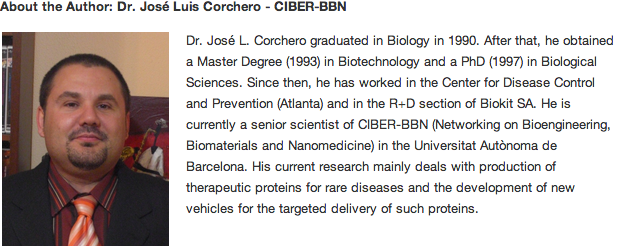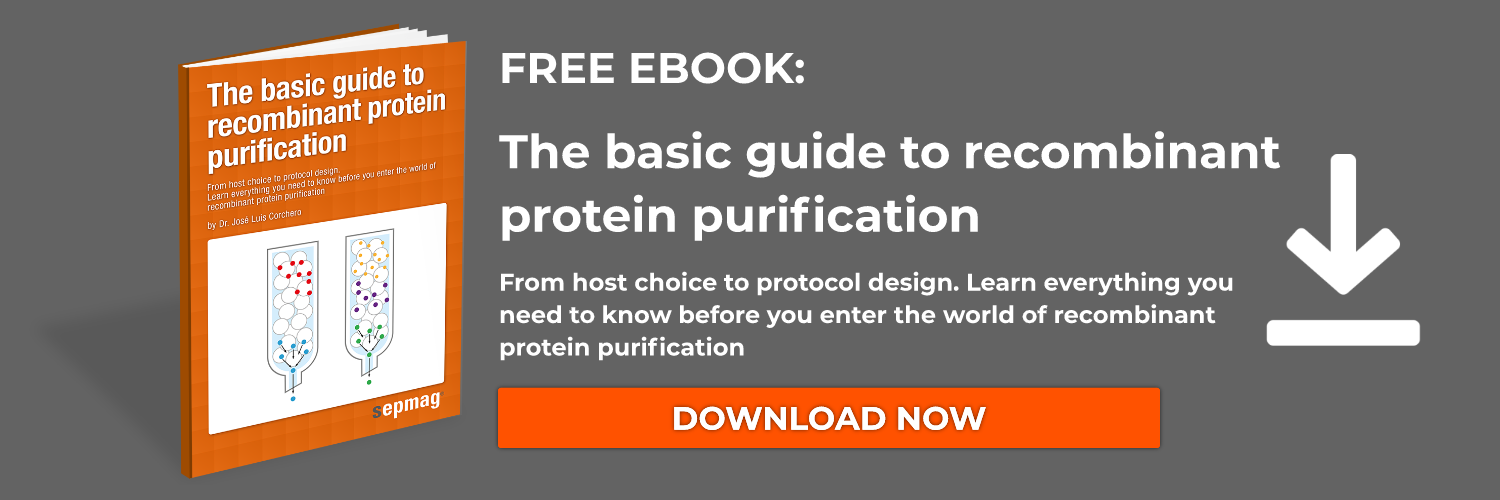It is well known that most purification processes of recombinant proteins are conducted through chromatographies of different types, mainly in column chromatography. Whether it’s by affinity chromatography, gel filtration or ion exchange chromatography, these already established methods are not exempt from limitations. Research in recent years has allowed us to develop a series of alternatives to chromatography that allow us to avoid many of these limitations.

Restricting factors during protein purification
One of the main restricting factors in the conventional process is the clarification step, explained in our protein purification handbook, and necessary because particulates cannot be injected into a chromatography column. This is about eliminating all of the cell debris and organelles that can interfere in the column, but it’s always a process that involves additional time and dedication.
The sample volume is also critical, since purifying small volumes is not a huge problem, but when it comes to several liters of culture (as in the case of proteins secreted in the medium) several complications appear. Recurring solutions are concentrating the protein or injecting this volume through the column. This process already involves the use of more equipment and time, aside from monitoring the input pressure and flow in order to avoid the resin of the column getting clogged and, therefore, becoming disabled.
Biomagnetic separation: beyond classical limitations
A great alternative to chromatography that solves these limitations is the purification of recombinant proteins through magnetic particles. They contain a core with magnetic properties, a key element that allows a fast and much simpler purification than chromatography. These small size spherical particles (in the nano- and micro- range in diameter) are coated with an appropriate ligand (as those used in chromatography procedures).
This post is an excerpt from our protein purification handbook, which explains the basics of recombinant protein purification. Download The Basic Guide to Recombinant Protein Purification here:
Magnetic particles allow selective separation and purification of molecules suspended in raw culture mediums. This is possible by coating them with any ligand or structure that specifically capture the protein of interest, such as nickel ions, in order to purify proteins with histidine tags. Simply, we need to add the adequate magnetic particles in the medium where the molecule of interest is found, allow an incubation time to produce the capture and apply a magnetic field to attract the particle-protein complexes towards the walls of the recipient. Supernatant containing unbound molecules are removed. Then, magnetic field is removed and a wash buffer is applied to eliminate non-specific binding. Finally, we capture the particles once again (still bound to the protein of interest) and we apply an elution buffer to separate the protein from the magnetic particles.
Advantages of biomagnetic separation
Cells and the remaining cell fractions (such as organelles or membrane fragments) do not have magnetic properties; therefore, they will not hinder the separation of the protein. This allows us to eliminate the clarification step, which is needed in chromatography in order to avoid clotting of the column.
At the same time, concentration is greatly simplified. Even though at the beginning we might have several liters of the sample, after the capture we can re-suspend the particles in a smaller volume with which we can work much more comfortably.
On the other hand, the purification time is reduced, since passing several liters of the medium with a peristaltic pump in chromatography can take several hours, with a constant control of the process. With magnetic particles, capture and separation steps can occur within a few minutes.
Also, the required machinery and infrastructure notably decrease with the use of magnetic particles. When we work with chromatography, even though the column is small and simple, the necessary equipment is cumbersome and requires high maintenance and technical knowledge. However, when working with magnetic particles we only need the particles and a device capable of creating a magnetic field, such as, for example, an adequate magnet.
As we can see, the use of magnetic particles in the purification of proteins brings many advantages when compared to the traditionally used chromatography procedures. The separation is quick, specific and scalable, allowing an easy automation. Now, due to its limited capture capacity, it allows the purification of reduced amounts of protein; therefore, its industrial application is currently not feasible and its use is restricted to the research labs.
Did you find this post interesting? You can check this related post in order to learn more about protein purification:





